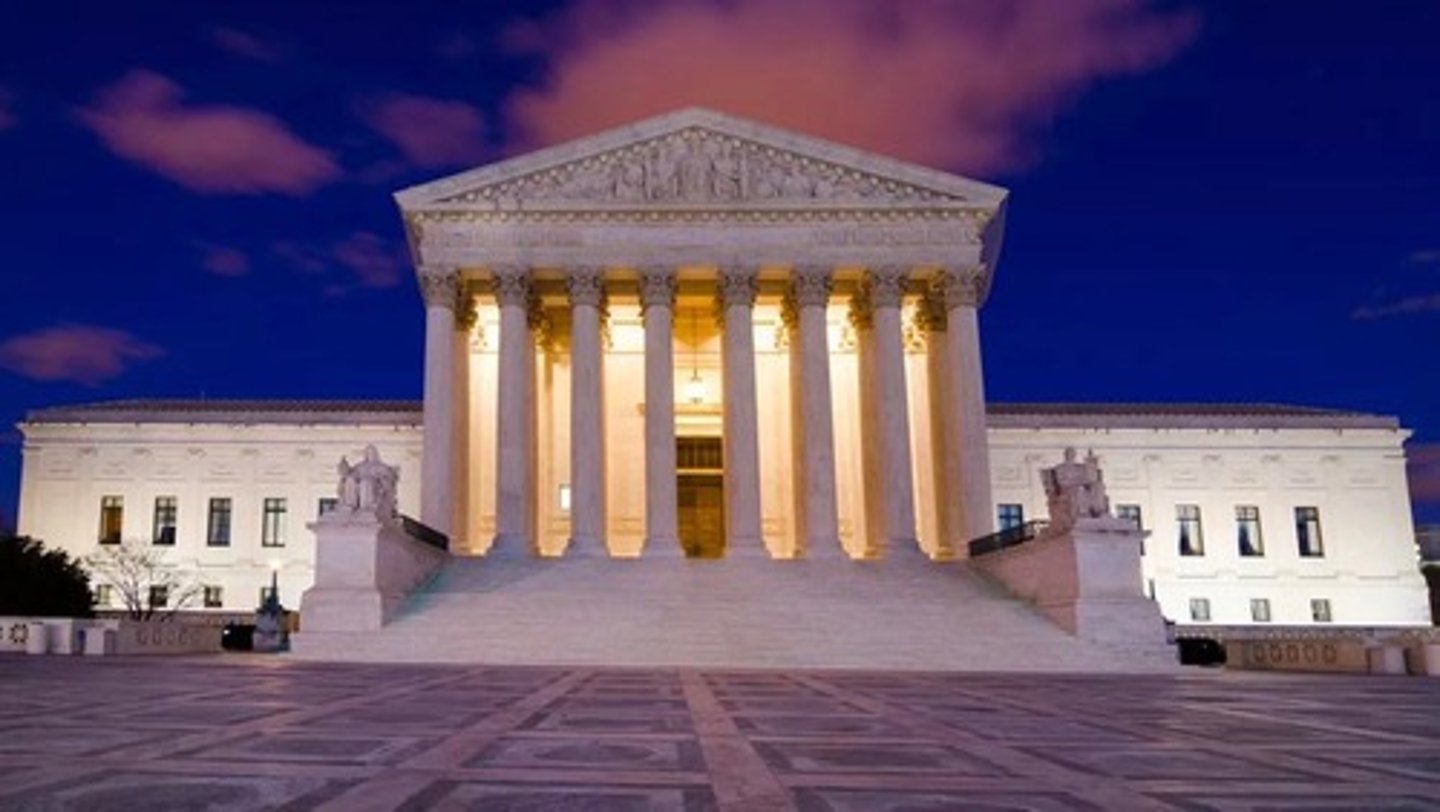Chapter 6 Eyewitness Chapter 9 plea bargaining & juries
1/85
There's no tags or description
Looks like no tags are added yet.
Name | Mastery | Learn | Test | Matching | Spaced |
|---|
No study sessions yet.
86 Terms
Eyewitness Misidentification
Leading cause of wrongful convictions in the US.
DNA Exoneration
Over 600 cases of wrongful convictions overturned.
Kirk Bloodsworth Case
First American on death row exonerated by DNA.
Memory Reconstruction
Memories are not recorded but reconstructed.
Trace Evidence
Memory is akin to trace evidence in investigations.
Holistic Face Processing
Faces are perceived as whole, not individual features.
Composite Sketches
Difficult to create due to holistic processing.
Eyewitness Evidence Value
Depends on strength and collection of memory.
Post-Event Information
Can contaminate and alter eyewitness memories.
Eyewitness Role Steps
Perceive, store, retrieve, and communicate information.
Expectations Influence Perception
Life experiences affect environmental interpretation.
Multiple Eyewitnesses
36% of cases had more than one eyewitness.
Jennifer Thompson Case
Famous wrongful conviction due to eyewitness error.
Contamination of Memory
Memories degrade and change over time.
Eyewitness Identification Errors
Errors can occur frequently and are preventable.
Innocence Project
Organization focused on DNA exoneration cases.
Eyewitness Testimony
Critical in legal settings but often unreliable.
Memory Collection
Proper collection is essential for reliable evidence.
Environmental Perception
Influenced by personal expectations and experiences.
Eyewitness Identification Frequency
High frequency of errors in identification processes.
Estimator Variables
Uncontrollable factors affecting eyewitness accuracy.
System Variables
Controllable factors influencing eyewitness identification.
Short Exposure
Limited time seeing the perpetrator reduces accuracy.
Poor Lighting
Insufficient light conditions impair eyewitness recall.
Presence of Weapon
Weapons can distract and distort eyewitness memory.
High Arousal
Increased stress levels negatively impact memory accuracy.
Cross-Race Bias
Difficulty identifying individuals of different races.
Long Delay
Time gap between event and recall decreases accuracy.
Witness Intoxication
Substance influence can impair memory reliability.
Distance
Physical separation from the event affects recall.
Lack of Attention
Inattentiveness during the event leads to errors.
Lineup Purpose
Memory test to gather more investigative information.
Recognition Task
Lineup assesses recognition, not reasoning skills.
Lineup Best Practices
Guidelines to improve accuracy in identification procedures.
Filler Selection
Fillers must match suspect's description for fairness.
Clothing Bias
Suspect's clothing should differ from witness description.
Manson v. Braithwaite
Landmark case assessing identification procedure reliability.
Reliability Factors
Confidence, viewing opportunity, and attention level assessed.
Witness Confidence
High confidence correlates with accurate identifications.
Post-Identification Feedback
Feedback can alter witness confidence post-identification.
Decision Speed
Quick decisions from fair lineups indicate reliability.
Contamination Awareness
Recognize factors that can taint eyewitness evidence.
Identification Errors
No procedure guarantees elimination of innocent selections.
Plea Bargaining
Process where defendants plead guilty for benefits.
6th Amendment
Guarantees rights in criminal trials, including jury.

7th Amendment
Ensures right to jury in civil cases.
Guilty Pleas
97% of federal cases resolved by guilty pleas.
Innocence Problem
Issue of innocent defendants pleading guilty.
National Registry of Exonerations
Tracks exonerated individuals, including guilty pleas.
Waivers of Rights
Must be voluntary and informed to be valid.
Brady v. United States
Case establishing standards for waiving rights.
Plea Discount
Benefits like dropped charges for pleading guilty.
Defendant Guilt
Guilty defendants more likely to plead guilty.
Attorney Advice
Defendants often follow attorneys' recommendations.
Social Factors
Influences like authority and pressure affect pleas.
Defendant Factors
Developmental level and impulsivity impact plea decisions.
Jury
Citizens rendering impartial verdicts in court cases.
Jury Pool Eligibility
Requirements include citizenship and age over 18.
Trial Process
Includes arrest, filings, grand jury, and sentencing.
Pre-Trial
Phase before trial involving motions and hearings.
Grand Jury
Group reviewing evidence to decide on charges.
Sentencing
Consequences imposed after a guilty verdict.
Reduced Stress
One benefit of plea bargaining for defendants.
Faster Resolution
Plea bargaining leads to quicker case outcomes.
Grand Jury
Decides if prosecution is warranted, issues indictments.
Indictment
Formal charge issued by a grand jury.
Fifth Amendment
Requires grand jury for federal felony cases.
Civil Jury
Decides liability and damages in civil cases.
Criminal Jury
Determines guilt in criminal trials.
Bifurcated Jury
Separate jury phases for guilt and penalty.
Mitigating Evidence
Factors that may lessen a defendant's sentence.
Aggravating Evidence
Factors that may increase a defendant's sentence.
Venire
Group of potential jurors summoned for selection.
Voir Dire
Process of questioning jurors to assess biases.
Challenges for Cause
Excusal of jurors based on specific biases.
Peremptory Challenges
Excusal of jurors without stated reasons.
Limited Voir Dire
Brief questioning of jurors, few yes/no questions.
Expansive Voir Dire
In-depth questioning of jurors, includes open-ended questions.
Batson v. Kentucky
Prohibits racial discrimination in jury selection.
Powers v. Ohio
Prohibits systematic exclusion of Black jurors.
Edmonson v. Leesville
Extends Batson to civil jury selection.
Georgia v. McCollum
Extends Batson to defense jury selection.
J.E.B. v. Alabama
Extends Batson to gender discrimination.
First Amendment
Protects freedom of speech and press.
Change of Venue
Moving trial to another location for impartiality.
Continuance
Postponement of trial proceedings.